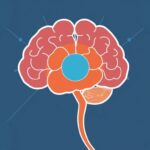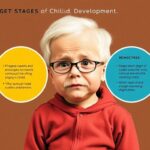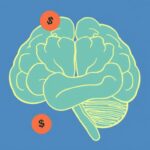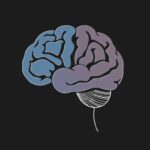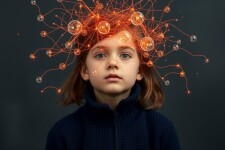Adolescence is a fascinating and complex stage of human development, a time when individuals transition from childhood to adulthood. It is marked not only by physical changes but also profound psychological growth. The psychology of adolescence explores how teenagers think, feel, and behave during this critical phase, shedding light on their emerging identities, emotional struggles, and cognitive shifts. Understanding this period is essential for parents, educators, and anyone who interacts with young people, as it helps create supportive environments that nurture healthy development. Let’s embark on a journey to uncover what goes on inside the minds of adolescents and why this stage shapes the rest of their lives so deeply.
What is Adolescence? Defining the Phase

Adolescence is generally defined as the period between childhood and adulthood, often beginning around ages 10 to 12 and extending into the late teens or early twenties. This time frame reflects more than just physical growth—it captures the evolution of brain functions, emotions, social relations, and moral reasoning. The psychology of adolescence is a field focused on these changes, examining how teenagers’ thoughts, feelings, and behaviors develop as they confront new responsibilities and challenges.
Physically, adolescence is characterized by puberty, the onset of reproductive capability and secondary sexual characteristics. Psychologically, it involves the development of identity, increased abstract thinking, and the quest for autonomy. Socially, adolescents become more peer-oriented, and their relationships grow more complex. Each of these layers interacts with the others, making adolescence a rich topic for psychological study.
Key Psychological Changes During Adolescence
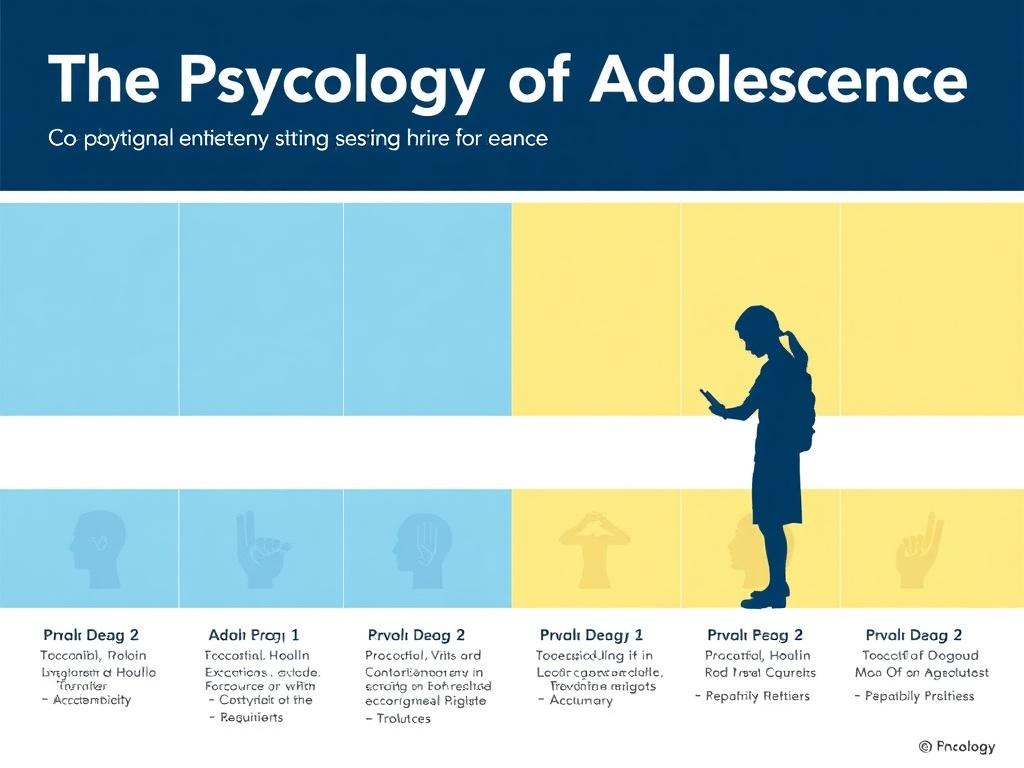
Cognitive Development
One of the most remarkable shifts in the psychology of adolescence is cognitive growth. Teenagers’ brains undergo significant remodeling during this period, especially in the prefrontal cortex, which governs decision-making, impulse control, and planning. This development allows adolescents to move from concrete, black-and-white thinking to more abstract and nuanced reasoning.
However, this cognitive leap comes with challenges. Adolescents are still learning to manage impulsivity and weigh consequences effectively, which explains why risky behaviors are common. The ability to think about the future, imagine possibilities, and consider others’ perspectives gradually improves as the brain matures. The rise of metacognition—thinking about thinking—also enables teens to question their beliefs and form deeper understandings of themselves and the world.
Emotional Changes
Emotionally, adolescents experience newfound intensity. The psychology of adolescence emphasizes how hormonal fluctuations influence mood swings and heightened sensitivity. Teens might feel exhilaration, anxiety, or frustration more powerfully than adults do. This volatility can confuse them, leading to misunderstandings with parents, peers, or teachers.
Alongside emotional turbulence, adolescents develop an increased capacity for empathy and complex emotions like guilt, pride, and shame. They begin to explore their identity and self-worth, sometimes reflecting inwardly with critical or idealistic eyes. This process might also bring vulnerability, which requires compassion and patience from those around them.
Identity Formation
Identity formation is a cornerstone of adolescent psychology. During these years, young people contemplate who they are and who they want to become. They experiment with different roles, beliefs, and social groups in their search for a coherent sense of self. This identity exploration is essential for establishing stability in adulthood.
According to Erik Erikson, a renowned developmental psychologist, adolescence marks the stage of “identity vs. role confusion.” Successfully navigating this crisis leads to a clear, confident identity, while failure might cause uncertainty and instability. Factors influencing identity include family dynamics, cultural background, peer groups, and personal experiences.
Social Development in Adolescence
The Role of Peer Relationships
Peers hold enormous influence during adolescence. Friendships become more intimate and complex, serving as a critical context for social learning and emotional support. Teenagers rely on peers to validate their feelings and decisions, making peer approval particularly important.
The psychology of adolescence reveals that peer pressure can be a double-edged sword. Positive peer groups encourage prosocial behavior and exploration, while negative influences might lead to risky or rebellious acts. Understanding peer dynamics helps caregivers and educators guide teens toward healthy relationships.
Family Impact on Adolescent Psychology
Despite the growing importance of peers, family remains a foundational influence. Adolescents need parental guidance, emotional security, and boundaries even as they push for independence. The quality of family relationships can either buffer stress or exacerbate psychological difficulties.
Open communication, trust, and respect between parents and teens contribute to positive self-esteem and emotional well-being. Conversely, conflict or neglect can lead to issues such as anxiety, depression, or behavioral problems. The psychology of adolescence underscores the delicate balance families must strike during this evolving phase.
Influence of Social Media and Technology
In today’s world, social media and technology shape adolescent social experiences profoundly. While these tools provide new avenues for connection and self-expression, they also introduce risks like cyberbullying, social comparison, and digital addiction.
Adolescents often craft and share their identities online, seeking validation from virtual communities. It is crucial to understand how this digital environment interacts with adolescent psychology—amplifying vulnerabilities but also offering opportunities for learning and support.
Challenges and Psychological Issues in Adolescence
Risk-Taking and Impulse Control
One well-documented feature of adolescent psychology is a propensity for risk-taking. This behavior stems partly from an underdeveloped prefrontal cortex, combined with heightened sensitivity to reward and peer approval. Teens might engage in dangerous behaviors like substance use, reckless driving, or unsafe sexual activity.
Understanding this tendency helps caregivers avoid punitive responses and instead focus on education, empathy, and the development of self-regulation skills.
Mental Health Concerns
Adolescents are vulnerable to a range of psychological problems, including depression, anxiety, eating disorders, and conduct disorders. The significant internal and external changes they face can trigger emotional distress. Early identification and intervention are critical to prevent long-term consequences.
Identity Confusion and Self-Esteem Issues
Not all teens navigate identity formation smoothly. Some struggle with confusion about their values, gender, sexual orientation, or life goals. These struggles can impact self-esteem and contribute to social withdrawal or maladaptive coping strategies. Supportive environments and access to counseling can empower adolescents to explore their identities confidently.
Supporting Healthy Adolescent Development
Positive Parenting Strategies
Creating a nurturing home atmosphere is vital for adolescent mental health. Positive parenting includes active listening, consistent routines, setting reasonable limits, and encouraging independence. Parents can benefit from understanding the psychology of adolescence to better respond to their teenagers’ needs.
Educational Approaches and School Environment
Schools are not just centers for cognitive learning but also social development. Programs that focus on social-emotional learning (SEL), mental health awareness, and peer relationship skills promote holistic adolescent growth. Teachers trained in adolescent psychology can create supportive classrooms that respect teens’ developmental stages.
Role of Mental Health Professionals
Counselors, psychologists, and social workers play a crucial role in assisting adolescents with psychological challenges. They provide safe spaces for teens to express themselves, teach coping strategies, and collaborate with families. Integrating mental health services into schools and communities increases accessibility for youth.
Theories That Explain Adolescent Psychology
Erikson’s Psychosocial Development
Erik Erikson’s theory emphasizes the identity crisis during adolescence. According to him, the successful resolution of this stage results in fidelity—a strong sense of self that is essential for future relationships and adult roles.
Piaget’s Cognitive Development Theory
Jean Piaget’s theory describes the shift in adolescence toward formal operational thinking, enabling abstract reasoning, hypothetical problem-solving, and moral judgment.
Social Learning Theory
Albert Bandura’s social learning theory highlights how adolescents learn behaviors and attitudes through observation and imitation of role models—including parents, peers, and media figures.
Maslow’s Hierarchy of Needs
Maslow’s framework reminds us that basic physiological and safety needs must be met before adolescents can focus on higher-level needs like esteem and self-actualization, which align with their search for identity and meaning.
Frequently Asked Questions About Adolescence Psychology
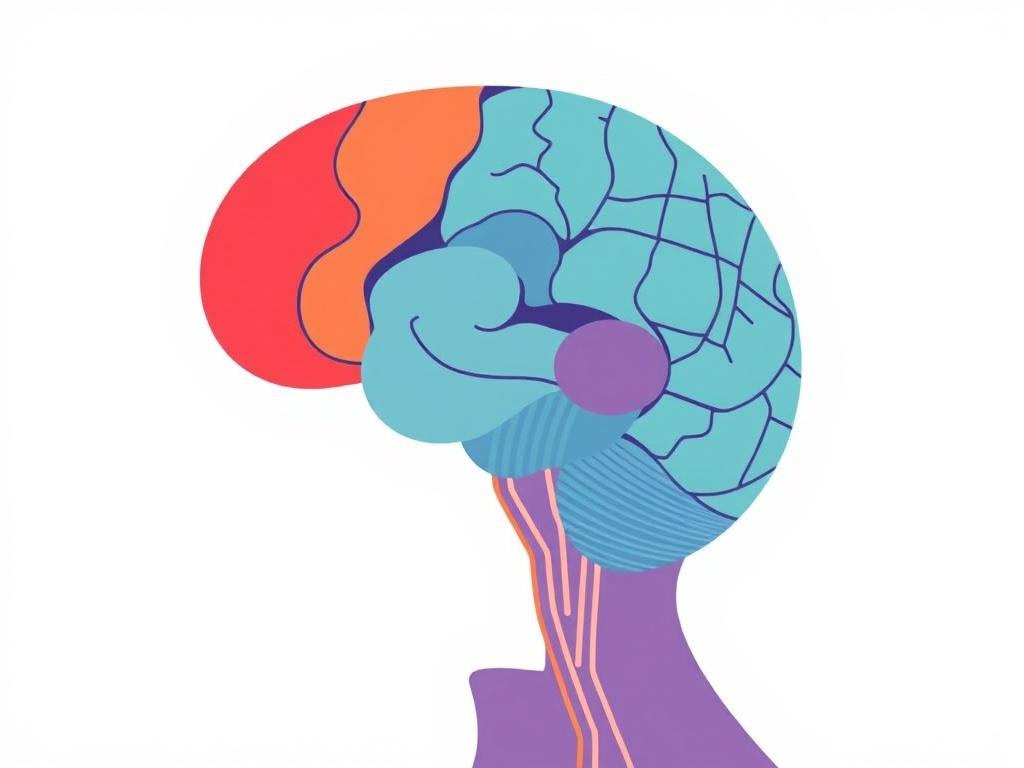
| Question | Answer |
|---|---|
| At what age does adolescence begin and end? | Typically, adolescence begins around 10-12 years old and can extend into the early 20s, depending on cultural and individual factors. |
| Why do teenagers experience mood swings? | Hormonal changes and brain development cause heightened emotional sensitivity and variability during adolescence. |
| How can parents support their adolescent child? | By providing open communication, respecting growing autonomy, setting boundaries, and offering emotional support. |
| What role do peers play in adolescent development? | Peers influence social skills, identity formation, and behaviors, offering both positive support and potential negative peer pressure. |
| When should mental health concerns in teens be addressed? | Mental health issues should be addressed promptly when signs such as persistent sadness, anxiety, or behavioral changes appear. |
Common Misconceptions About Adolescents’ Psychological Development
- Adolescents are always rebellious and difficult—In reality, many teens seek connection and guidance but also test limits as part of normal development.
- Risk-taking means teens don’t understand consequences—Often, they do but weigh social rewards more heavily than risks.
- Moodiness is just teenage drama—It reflects genuine neurological and hormonal changes requiring empathy rather than dismissal.
- All teens go through similar experiences—Adolescence is shaped by culture, personality, and environment, making experiences diverse and unique.
- Once adolescence is over, personality and behavior are fixed—Psychological growth continues beyond adolescence throughout life.
Conclusion
The psychology of adolescence is a window into a transformative period filled with growth, challenge, and discovery. Understanding cognitive advancement, emotional developments, identity formation, and social influences allows us to appreciate the complexity of teenage years. By recognizing the psychological needs of adolescents, families, schools, and communities can foster environments where teenagers feel supported, understood, and empowered to navigate this pivotal stage successfully. Ultimately, adolescence is not just a phase to endure but a crucial chapter that shapes the adults we become—with resilience, creativity, and hope for the future.




